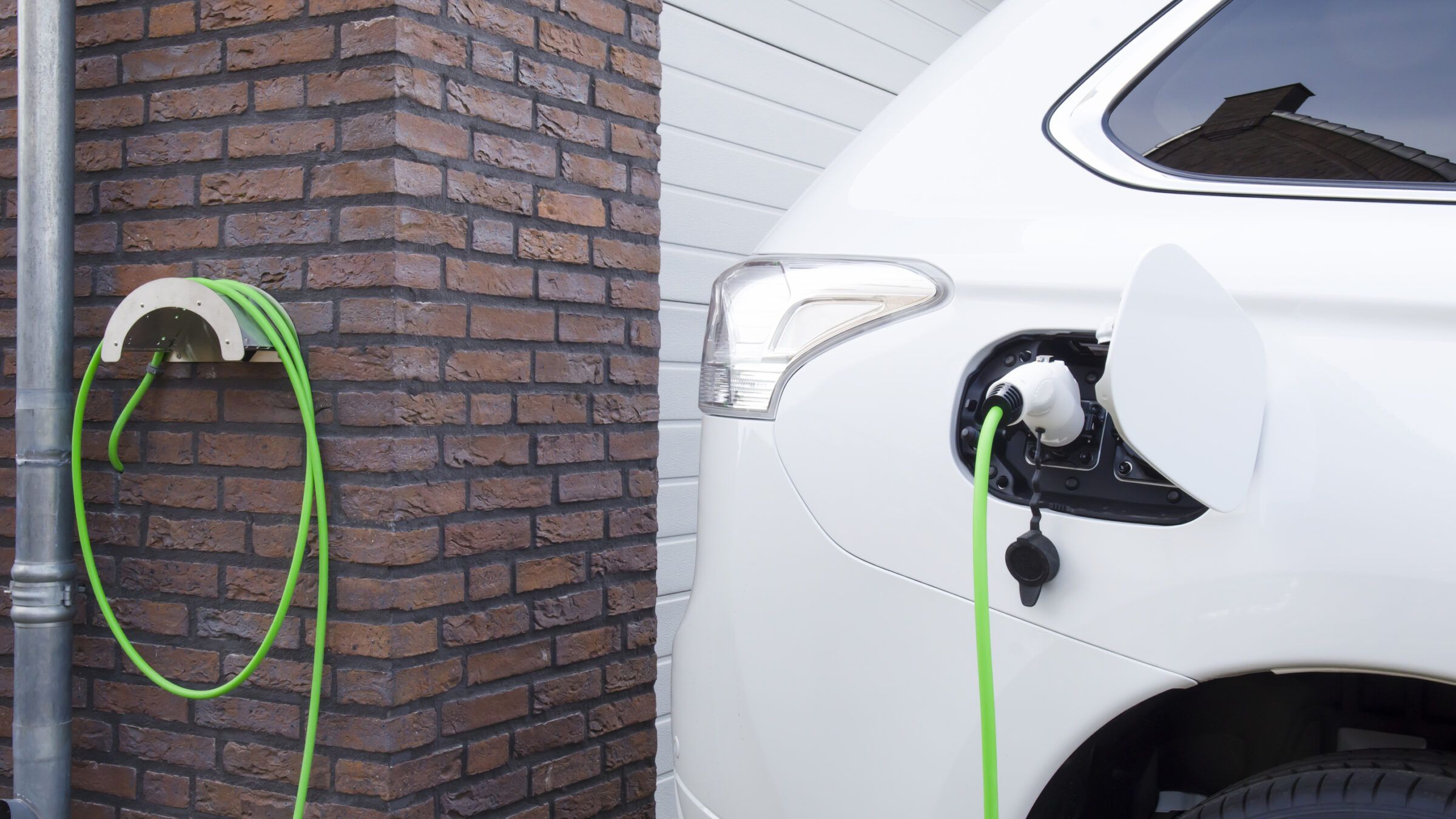
The Inflation Reduction Act (IRA) appropriated $369 billion toward cutting U.S. carbon emissions 40 percent by 2030, including tax credits for purchasing electric vehicles (EVs).
But good luck qualifying for them.
Since 2010, a U.S. taxpayer purchasing an electric car could claim a nonrefundable tax credit of up to $7,500. However, only 200,000 credits could be claimed per automaker. Tesla, General Motors, and Toyota have all reached the limit.
The IRA removes the manufacturer cap and introduces a new credit of up to $4,000 toward a used EV, which could help anybody who can't or doesn't want to buy brand new. But the law also established several prerequisites that a vehicle must meet to qualify.
Since August, vehicles have been subject to a "final assembly" requirement, which says the car's final assembly must have occurred in North America. That single restriction is complicated, as you can see from the Department of Energy's list of eligible vehicles. The agency recommends that shoppers research cars by Vehicle Identification Number (VIN) to determine eligibility. Those requirements carry over into 2023.










